Roger Breland has said for years that the horns were the icing on the cake.
I gotta be honest…I LOVE ICING!
My creative process for a song in Retro Hymns 2:
I’ve picked the song. I’ve figured a ‘general groove’ idea. I went to my drummer friend Tom’s studio and he created some drum grooves for me to mess around with at home. I sat at the piano and created a rhythm chart with some ideas for the horns. I tracked the song.
At this point, the benefit of ADHD and jumping around becomes beneficial.
The way I approach it is forget that I wrote it. I switch gears and just think, “Hey, sombeody just gave me this track. What kind of horns do I want to hear on it?”
It’s not my tune. It’s the tune I was hired to write horns for. There’s a fun thing with the ‘bounce around’ personality where you can disconnect yourself from the creation of it.
2 questions are always there for me with every horn chart.
1. What would I like to hear on this track?
It goes back to Quincy Jones (as many arrangers often reference Q). He’s said (paraphrasing) that he tries to create music that moves him and trust that if it moves him, it will move others. That is my litmus test to be sure. Do I like it? Would I like listening to this?
2. Can I sing it?
I read a long time ago that James Pankow of Chicago said that they sing their lines while they’re creating them. That has always resonated with me. Singable lines are memorable. And they often flow forward easier.
I’ve written the chart. Parts are printed. I’ve slept a few minutes. Now what?
The ridiculously fun and ‘easier’ part begins…
Surround yourself with amazing musicians (and an engineer who gets that GREAT sound on tape) and then…GET OUT OF THE WAY.
(Barry Green-trombone, Steve Patrick-trumpet, Jeff Anderson-slightly witty banter, Mark Douthit-saxes)
Having lived here in Nashville for 20+ years now, I am grateful for a great group of horn guys in town that I count as friends. These guys are truly world class musicians. World class. If you’ve heard Tim Akers and The Smoking Section, these are THOSE guys.
The ‘disconnect’ also has to happen while you’re recording. If you have hired some of the best musicians in the world, then it makes sense to listen to their suggestions. And it also makes sense to create an environment where they feel relaxed and comfortable enough to let you know if, as I like to say, ‘your baby is ugly’.
Without a doubt, I have become a better arranger by watching and listen to the guys while they record. What works. What doesn’t. What could be made clearer. What’s too overly directed. And when something just doesn’t feel right. I gotta be honest…I love those moments when they look at me with ‘that’ look and I say, ‘that didn’t feel great. Any ideas!’ and when you disconnect from the chart and realized you’re now in the room with amazing folks and they are adding to what you’ve created and making it better, that is a very, very cool thing.
Because I’m a trumpet player, and I had just spent a couple of months getting ready for horn section gigs myself, the phrasing and articulations are really pretty specific. At that point in the studio, it is just getting on tape what I was hearing in my head.
There were a couple spots where I wasn’t sure which voicing I wanted. Was it everybody in octaves or was it voiced out? Because we record in Pro Tools ‘on the grid’ (to a click track), there were spots where I wrote unison the first time and fleshed out chords the second time with a note that says ‘choose one of these at the mix.’
As a fun example of this for me to show you, I had that exact choice on ‘Power In the Blood’ on the intro. Octaves or voiced chord. So the first hit was octaves and the second hit was voiced out. I could then just ‘fly’ (copy and paste) whichever hit I liked better to the other spot.
Here’s the sheet music for both options:
And here are both versions of the hit.
The unison version:
The parts version:
Arranger stuff: It’s a C7 chord. There are really a lot of options when writing for horns and it really depends on what sound you are going for. Are you looking for a latin sound (lots of trumpet, some tenor sax), Tower of Power (tenor/bari saxes), Chicago (THE James Pankow trombone in unison with the trumpet) or Jerry Hey (awesome-all you need to say about Jerry Hey’s writing). And, because this is a print project for ‘weekend warriors’, there are some considerations there as well. I’ll dive more into this in another blog.
When you begin writing, you may not ‘hear’ things in your head exactly as they are going to sound when they are recorded. You sort of have the idea, but it’s a new skillset you’re learning. Then there comes a point, and I remember VERY VIVIDLY when it happened to me, that as you are writing, you hear it in your head just like you want it and you KNOW what it’s going to sound like. You experience the ‘moment’ when you’re writing it, not when you are recording it. At that point, in the studio, you are just trying to get what you hear in your head to translate onto the recording.
There were so many moments as I was writing the horn arrangements that I was Worn Out after writing a chart. And that was really because I had already experienced that big emotional music moment in my head and I knew what was coming in the studio. I remember finishing one of the charts and going to dinner with the family (and my folks were in town). I was wired and giddy and it was because I had just finished writing a chart and I said, “I can’t WAIT to hear this with the guys!”. And…they didn’t disappoint. They got on tape exactly what I was hearing in my head. (THESE GUYS ARE AWESOME!).
My advice for writing for horns….
1 DON’T!!!!!!! Call me. I WANT write horns for your record. 🙂 #joking/not joking
2 Sing the ideas.
3 Hire amazing horn players in Nashville
4 Create a relaxed environment for everybody and then…
5 Let them do their thing!!!
I can’t talk completely specific about my writing and recording process because….you SHOULD HIRE ME!
🙂
but hopefully this tells you my approach and gives you a little more behind the scenes of Retro Hymns 2
The next blog post I’ll be talking about some of the tools I use (Digital Performer, Pro Tools, Finale, VE Pro, templates, and cool apps for the iPad)


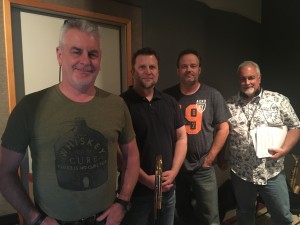
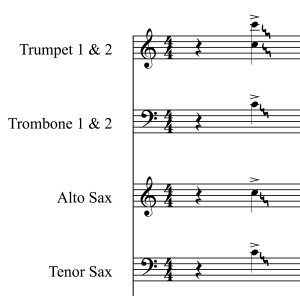
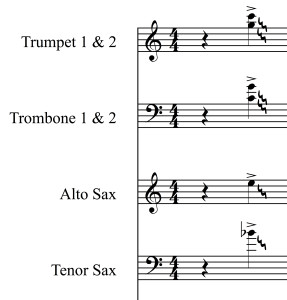
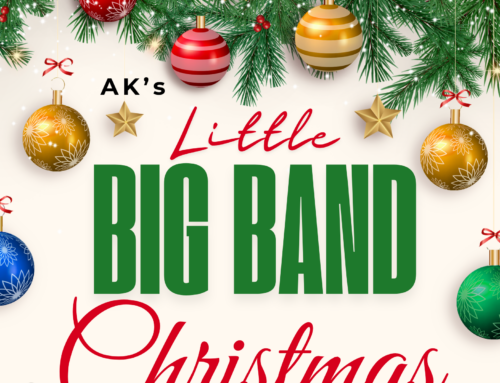
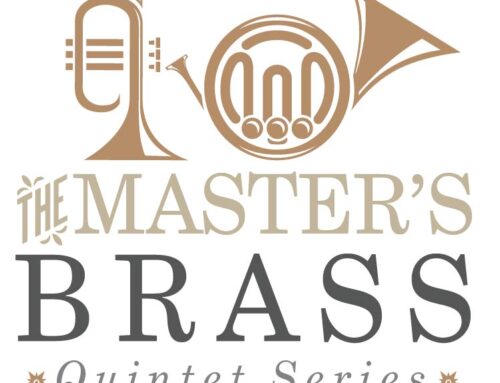


Leave A Comment